AMAZING COUNTRIES

| History of Russia |
|
Archaeological evidence of early modern humans in what is now India dates back 80,000 years. However, the first recorded civilization in the area appeared just over 5,000 years ago. This was the Indus Valley/Harappan Civilization, c. 3300-1900 BCE, in what is now Pakistan and northwestern India. After the Indus Valley Civilization fell, perhaps as a result of raiders from the north, India entered the Vedic period (c. 2000 BCE-500 BCE). Philosophies and beliefs that developed during this period influenced the Gautama Buddha, founder of Buddhism, and also led directly to the later development of Hinduism. Babur then founded the Mughal Empire, which would rule much of India until it fell to the British in 1858. The Mughals were responsible for some of India's most famous architectural wonders, including the Taj Mahal |
|||||||||||
 |
||||||||||||
FREEDOM FIGHTER MAHATAMA GANDHI Mohandas Gandhi is considered the father of the Indian independence movement. Gandhi spent twenty years in South Africa working to fight discrimination. It was there that he created his concept of satyagraha, a non-violent way of protesting against injustices. While in India, Gandhi's obvious virtue, simplistic lifestyle, and minimal dress endeared him to the people. He spent his remaining years working diligently to both remove British rule from India as well as to better the lives of India's poorest classes. Many civil rights leaders, including Martin Luther King Jr., used Gandhi's concept of non-violent protest as a model for their own struggles. |
 |
|||||||||||
SCIENTIST C.V.Raman Indian scientists have played a stellar role in the development of India. C.V. Raman is one of the most renowned scientists produced by India. His full name was Chandrasekhara Venkata Raman. For his pioneering work on scattering of light, C.V. Raman won the Nobel Prize for Physics in 1930. Raman has been honoured with a large number of honorary doctorates and memberships of scientific societies. He was elected a Fellow of the Royal Society early in his career (1924), and was knighted in 1929. He has made remarkable discoveries and his theory is called the Raman Effect, and it deals with a concept known as Raman Scattering. |
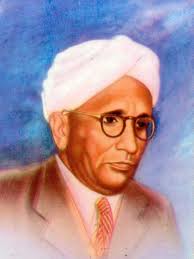 |
|||||||||||
POET Rabindranath Tagore
|
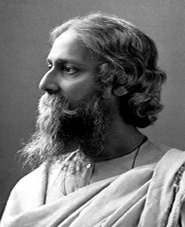 |
|||||||||||
ASTRONOMER Kalpana Chawla Kalpana Chawla was India's first women aeronautical engineer to travel into space. She has been a role model to several women in terms of achievement and contributions to the field of aeronautics. |
 |
|||||||||||
WRITER Chetan Bhagat Chetan Bhagat is a bestselling author from India. He has authored four novels which have inspired major movies, making him a youth icon. The New York Times termed him the biggest selling English language novelist in India`s history. |
 |
|||||||||||
 |
||||||||||||
India is a land of diversities. This diversity is also visible in the spheres of religion. The major religions of India are Hinduism (majority religion), Islam (largest minority religion), Sikhism, Christianity, Buddhism, Jainism, Zoroastrianism, Judaism and the Bahá'í Faith. India is a land where people of different religions and cultures live in harmony. This harmony is seen in the celebration of festivals. The message of love and brotherhood is expressed by all the religions and cultures of India. |
||||||||||||
Hinduism |
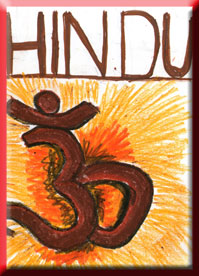 |
|||||||||||
Islam One of the prominent religions of India, Islam forms about 12 per cent of India's population. Though India's contact with Islam had begun much earlier, the real push came in the 8th century when the province of Sindh was conquered. Though the Muslims form only 12 per cent of the total population of India but the influence of Islam on Indian society is much stronger. |
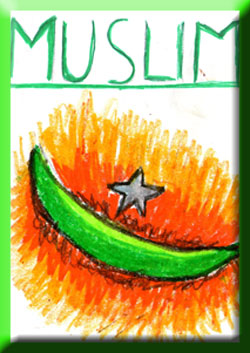 |
|||||||||||
Sikhism Sikhs form about 2 per cent of Indian population. In comparison to other religions, Sikhism is a younger religion. The word 'Sikh' means a disciple and thus Sikhism is essentially the path of discipleship. The true Sikh remains unattached to worldly things. |
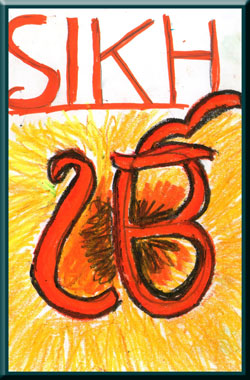 |
|||||||||||
Christians Christianity is one of the prominent religions in India. At present there are about 25 million Christians in India. It is interesting to note that the Christian population in India is more than the entire population of Australia and New Zealand or total population of a number of countries in Europe. |
 |
|||||||||||
Jainism Jains form less than one percent of the Indian population. For centuries, Jains are famous as community of traders and merchants. The states of Gujarat and Rajasthan have the highest concentration of Jain population in India. The Jain religion is traced to Vardhamana Mahavira (The Great Hero 599-527 B.C.). |
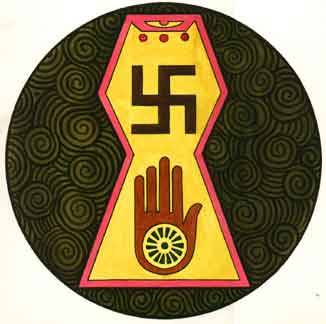 |
|||||||||||
Buddhism At present Buddhism is one of the major world religions. The philosophy of Buddhism is based on the teachings of Lord Buddha, Siddhartha Gautama (563 and 483 BC), a royal prince of Kapilvastu, India. After originating in India, Buddhism spread throughout the Central Asia, Sri Lanka, Tibet, Southeast Asia, as well as the East Asian countries of China, Mongolia, Korea, Japan and Vietnam. |
 |
|||||||||||
